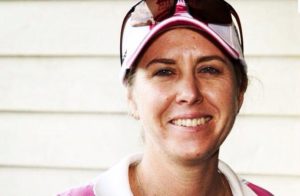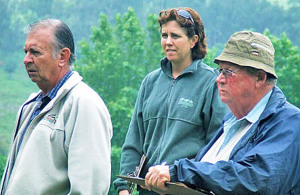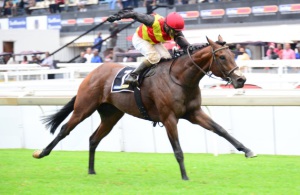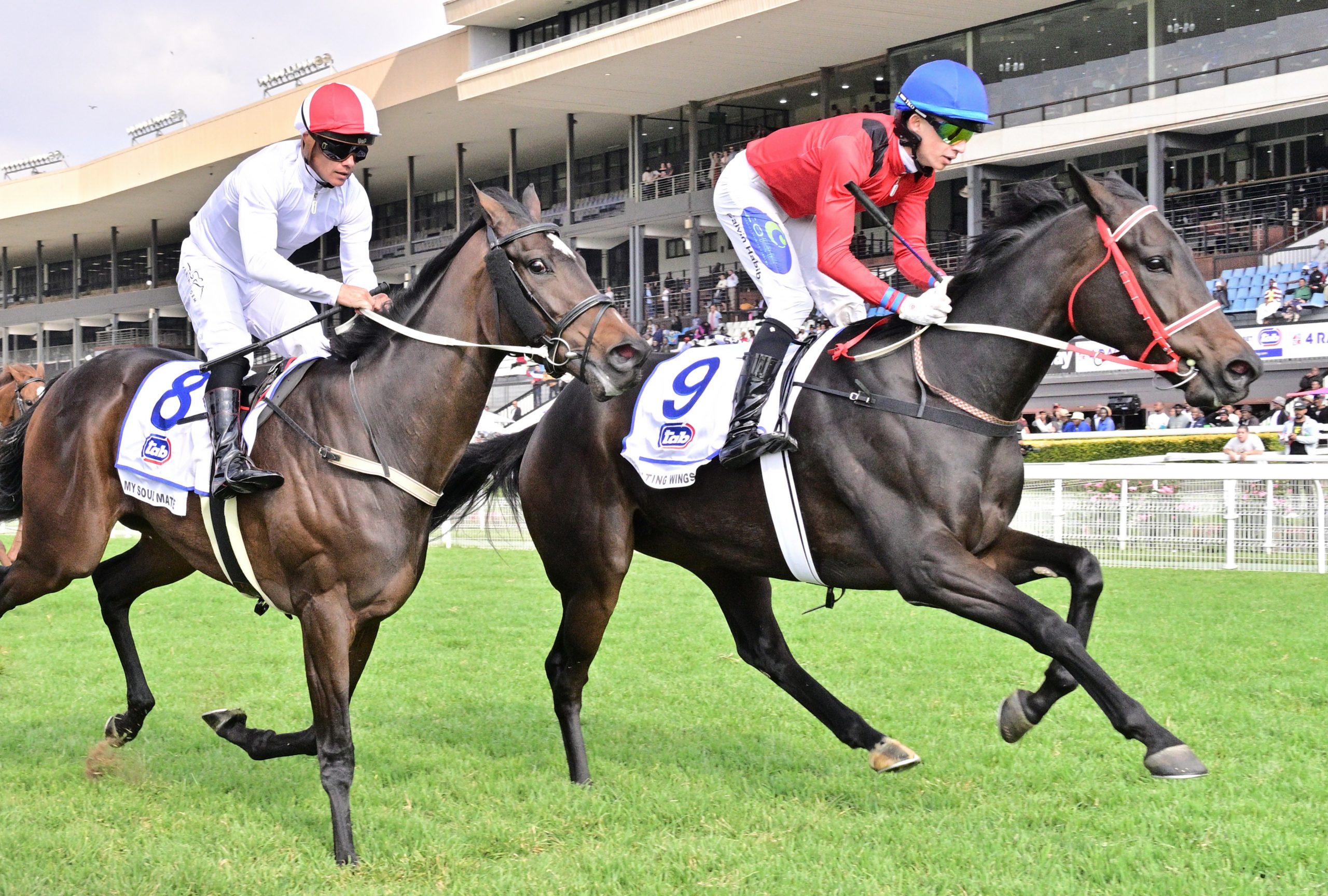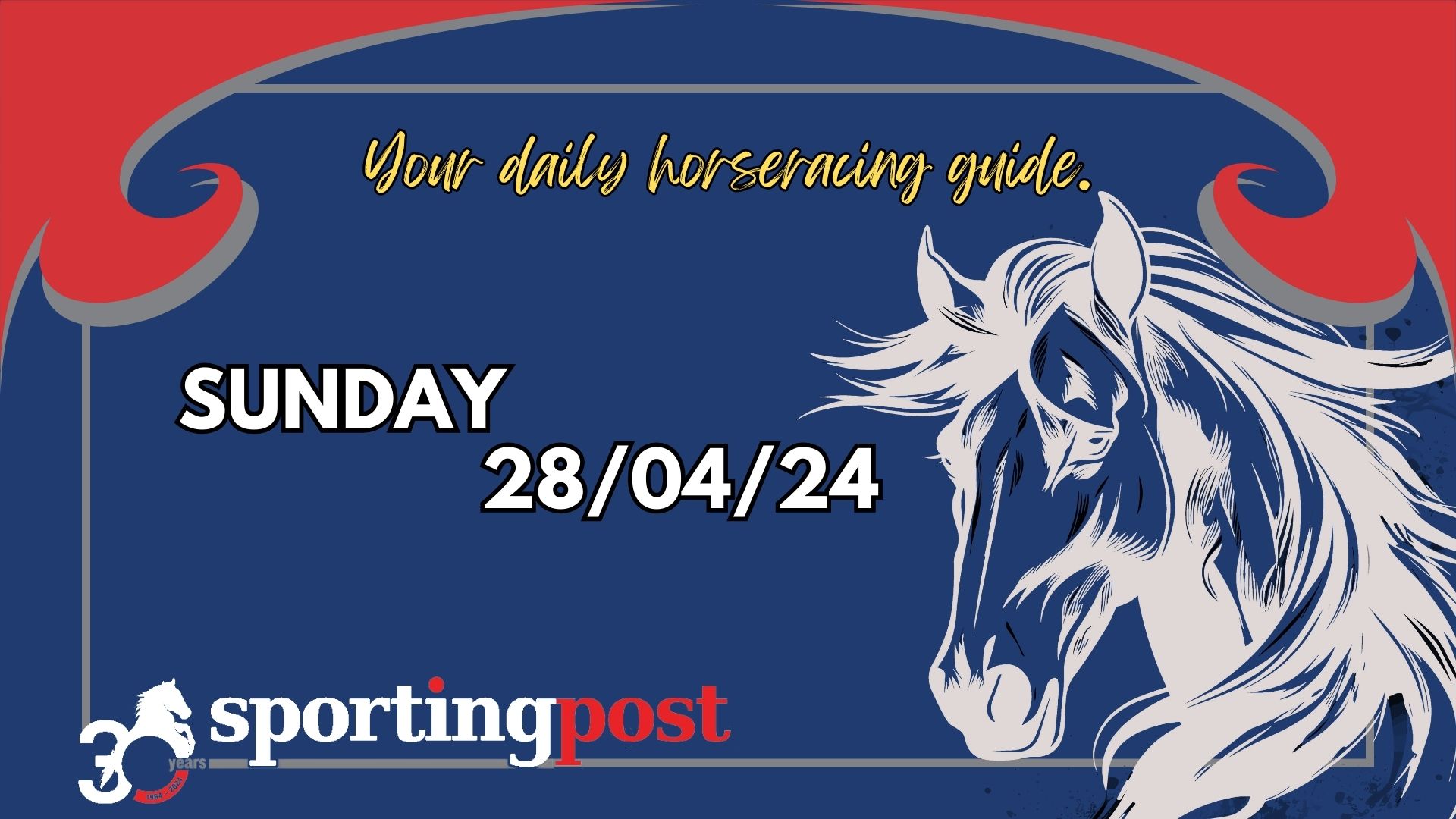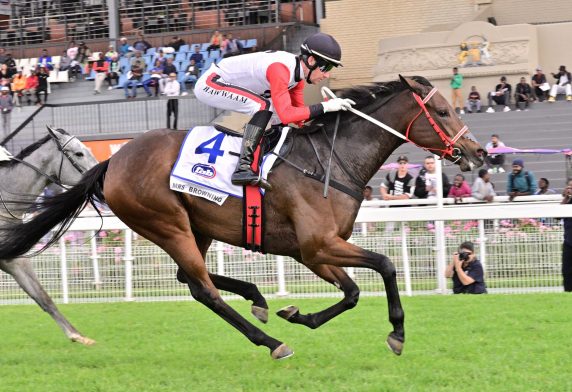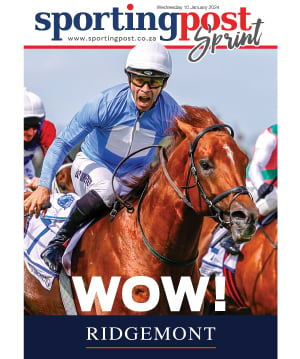Kerry Jack joined the National Yearling Sale selection panel 4 years ago after the TBA approached her to work with John Kramer. She spent two years working with John and for the past two years has been joined by Cape trainer, Patrick Kruyer.
Process
Every year entry forms are sent out for the National Sale. These need to be returned, along with the requisite nomination fee. The nomination fee is non-refundable and the fee for the 2016 sale was R2,500 plus R350 VAT. The closing date for nominations was 6 November 2015. Then the horses are inspected and there’s an acceptance fee once they get on. This year’s fee was R3,000 plus R420 VAT).
Inspection Panel
Kerry explains, “Selection for the National Yearling Sale is done in two main parts. First there’s the inspection part, where the panel goes out and allocates each horse a score out of 10. This score is purely a physical score and based on the horse’s conformation. Our system is the same one I used with John Kramer. An 8 would be your benchmark correct, well grown yearling and then we mark either up and down from there. A 9 would be a particularly nice individual, while a 7 might have some conformation faults. Anything that scores below 7 comes off and that gets decided straightaway at the farm. At the end of the day, the actual number doesn’t matter all that much as long as you have been consistent across the board, which we try and do. We don’t really give 10s. John used to, but 9.5 is as high as we go.”
Inspection process
“Once we have all the nominations, we put a programme together which we email to everyone with dates and times for stud visits. This year we looked at about 700 horses and it took us most of January. It’s very intense and you do a lot of mileage, but it’s very interesting. You get to catch up with all the breeders and see all the stallions along the way. One also gets a good overview of the first season sires and gets a feel for them early on as you are seeing good numbers of them in the first year.”
“We have printed inspection forms with each horse’s microchip number and each yearling’s microchip has to be checked. The forms also list the date of birth, which helps us be a bit more forgiving when it comes to late foals, and we also have the sire and dam listed. Then there’s a section for us to fill in our comments. We inspect and discuss each yearling and decide on a score then and there.”
Pedigree panel
“Once the horses have all been inspected, the pedigree panel sit and analyse the pedigrees and assigns each horse an individual pedigree score. The pedigree panel consists of Jehan Malherbe, Graeme Hawkins and Rob Knuppe. They give each stallion a mark out of 5 and each mare a mark out of 5 to form a total pedigree score out of 10. Then they add our physical score out of 10, which gives each horse a final mark out of 20. The scoring is a guide, but commercial appeal is also taken into account, so each individual is assessed on its individual merits.
Interesting aspects
It must be interesting to see such a broad cross section of the SA foal crop in one concentrated space of time. Are there any standout distinguishing features or peculiarities between different regions? “The main difference is in the rates of maturity. Some can even vary from farm to farm. Some farms raise their horses rougher than others. After a couple of years, you get used to how different farms do things differently and you assess them accordingly. At the end of the day, rough or shiny, good conformation is good conformation.”
“It is also interesting to see the differences in how some of them are prepared for inspections. Some look prepped and sale ready at inspection time, while others are still fairly rough, but then look great by the time they arrive at the sales.”
Is it different looking at yearlings with your inspectors hat vs your bloodstock agent hat? “It is quite a different job inspecting, to buying for a client. As an agent, you might be forgiving on a conformation fault if you feel the horse makes up for it elsewhere, whereas as an inspector, a conformation score is a conformation score and a fault has to be marked down. Fortunately losing a point on the conformation score won’t exclude it if the horse scores highly on the pedigree rating, so it all comes out in the wash.”
Are there ever any difficulties dealing with disappointed breeders if a horse doesn’t get accepted? “It’s not usually an issue. Most breeders have a pretty good idea before we get there what will get on and what won’t, but you can’t keep everyone happy. A few will disagree with our decision here and there, but in those cases they can appeal and the panel will re-evaluate the horse. Most of the breeders have been around a long time and they realise we’re part of a team and that our job is to get together the best catalogue we possibly can. Anyone should be able to come to Nationals and buy with confidence. We do the best we can for the sale and for the breeder.”
Were there any notable stand-outs on this year’s rounds? “We saw a lot of very nice horses by a lot of different sires, including a number of first season sires, but I can’t say that any one stood out in particular – they seem a pretty solid bunch, although Oratorio and What A Winter have been making their own splash. There are some stand-out pedigrees – it is the National Sale after all – but overall it’s a pretty solid catalogue and I couldn’t pick out any individual specifically, which is good and means it’s a good, solid group,” she says diplomatically.
Any interesting or funny stories from the inspections a-la John Kramer and Tobie Spies’ car being washed over a bridge? “Fortunately it’s been quite uneventful and we’ve not had too many dramas. We got lost now and then or ran behind schedule – the usual thing.”
Louis the King
Kerry has recently been named as the manager for Louis The King’s stud career. How did that come about? “It’s a fantastic opportunity and Sorrento Stud and Andrew Bon were both involved. Andrew is very involved with the launch and working hard on a promotional video and between him and the Andrews’, they suggested that someone should manage Louis and they approached me. I met up with Tiaan van der Vyfer a few weeks ago and am really excited to be part of the team.
“Louis has a fairy tale story and hopefully that will continue. With stallions no-one knows which one will succeed, but he’s got a lot going for him. He’s well bred, he was a top racehorse and a home-grown hero and he’s standing at a very reasonable fee, so there’s every reason he should get good support.”
Launch
 “The launch is on Monday, 25 April at the TBA Museum and starts at 6:30 for 7pm. It’s really been Andrew Bon’s baby and he’s put together a lovely video to remind everyone what a great racehorse Louis was, with race footage, a few interviews and so on. The owners will be there, we’ll be there, there will be catering and good wine and we invite everyone to come and have a chat.”
“The launch is on Monday, 25 April at the TBA Museum and starts at 6:30 for 7pm. It’s really been Andrew Bon’s baby and he’s put together a lovely video to remind everyone what a great racehorse Louis was, with race footage, a few interviews and so on. The owners will be there, we’ll be there, there will be catering and good wine and we invite everyone to come and have a chat.”
“Louis has been syndicated into 40 shares at R35k per share and we have sold a number of shares already. Each share entitles the holder to send 2 mares for the next 3 years. Tiaan and Louis will be retaining a few shares and buying mares to support him and for anyone else who is interested he’ll be standing at R10k (R2k nomination fee with R8k on live foal). He’s just been added to the Cape Breeders Club website where breeders can see how their mares match up with him on G1 Goldmine & Truenicks.”
“Louis raced all over the country, he performed against the best, he proved his versatility from 1400 – 2450m over a variety of going, he was 0.75 lengths second to Futura in the Queen’s Plate at WFA and he won the Triple Crown and the Summer Handicap. He’s well made, he’s got an incredible temperament and best of all, he’s a true homebred South African champion. Interestingly, all of Jet Master, Captain Al and Dynasty, who are all homebred champion sires all started at very low fees. Jet Master and Dynasty stood their first seasons at R12k and Captain Al stood for R4k!”
Will you be supporting Abashiri next weekend? “Obviously we’d like to be SA’s only living Triple Crown winner, but everyone loves a good horse, so we’ll be cheering on Abashiri next weekend. He looks a real quality sort, but it takes an exceptional horse to do it. After all, Triple Crown winners are rare for a reason!”


